Introduction
Off-roading in Virginia is one of the East Coast’s best-kept secrets. Though it may not have the towering peaks or high-alpine passes of the Rocky Mountains, it offers something arguably better: a balance of accessibility, beauty, and moderate challenge. From the dense woods of George Washington and Jefferson National Forests to ridgelines dotted with Civil War history, Virginia delivers an off-roading experience that is immersive and rewarding, even if it’s not quite as extreme as Colorado or Utah.
The misconception that serious off-roading only happens out West overlooks the rich trail networks of the East. Virginia, in particular, is uniquely positioned. It provides easy access to beautiful terrain, manageable trails for a wide skill range, and a cultural backdrop that ties together nature and American history. Whether you’re a seasoned overlander looking for relaxed but rewarding drives or a new off-roader building skills, Virginia offers a trail for you. In this article, we’ll explore why Virginia may not be as rugged as Colorado, but in many ways, it offers a superior off-roading experience.
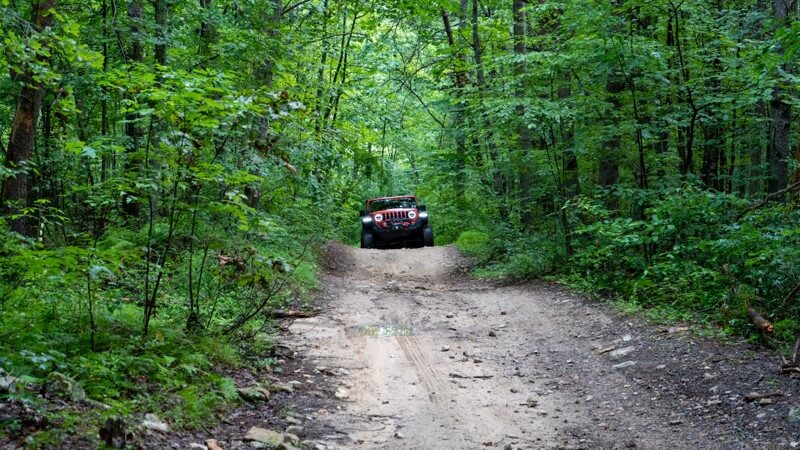
Virginia’s Off-Road Landscape
Virginia’s topography is shaped by the Appalachian Mountains, giving the state its signature rolling hills, valleys, and ridgelines. Its off-road trails wind through hardwood forests, past streams and waterfalls, and over rocky outcroppings that provide just enough challenge to keep things interesting.
Some of the most popular off-road areas include:
- Peters Mill Run & Taskers Gap: Located in the George Washington National Forest, this network features 36 miles of OHV trails with variable terrain.
- Skidmore Fork/Dunkle Hollow Road: A scenic 8-mile trail with water crossings and shaded woodlands.
- Bald Mountain Jeep Trail (Big Levels): A 10-mile rocky trail that offers a good mix of challenge and views.
- Potts Mountain Jeep Trail: Often described as the most rugged forest road east of the Mississippi, this trail is a badge of honor among East Coast wheelers.
Most of these trails are within a few hours’ drive from urban areas like Roanoke, Harrisonburg, or Richmond, making them accessible for weekend warriors. Unlike many western trails, these routes often allow for dispersed camping, enabling multi-day adventures.
In autumn, Virginia’s forests explode in color. In spring, the woods are lush and blooming. Unlike the dry, arid beauty of the West, Virginia is alive and green for most of the year. Water crossings are common, as are shaded trails that offer reprieve from summer heat.
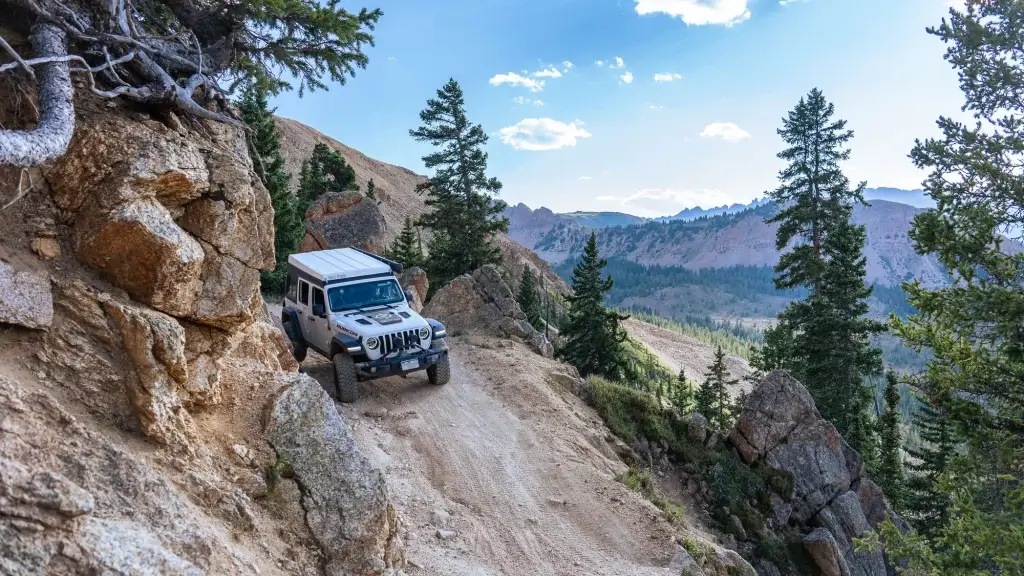
Virginia vs. Colorado: Two Different Worlds
Terrain & Technicality
Colorado is often seen as the Mecca of American off-roading. Trails like Imogene Pass, Engineer Pass, and Black Bear Road climb to elevations over 13,000 feet. These trails combine technical rock crawling with breathtaking vistas, switchbacks, and thin air. Many require modified vehicles and experienced drivers.
By contrast, Virginia’s elevation rarely exceeds 4,000 feet. Trails are usually forest service roads or designated OHV routes, with moderate technical challenges such as rock gardens, mud pits, or sharp switchbacks. What Virginia lacks in altitude, it makes up for with variety and character. Potts Mountain, for example, features narrow ridges and rock shelves that rival many western trails for excitement.
More importantly, Virginia trails are approachable. Beginners won’t feel intimidated, and even seasoned drivers will appreciate the relaxed pace and beauty. It’s off-roading that’s less about conquering and more about exploring.
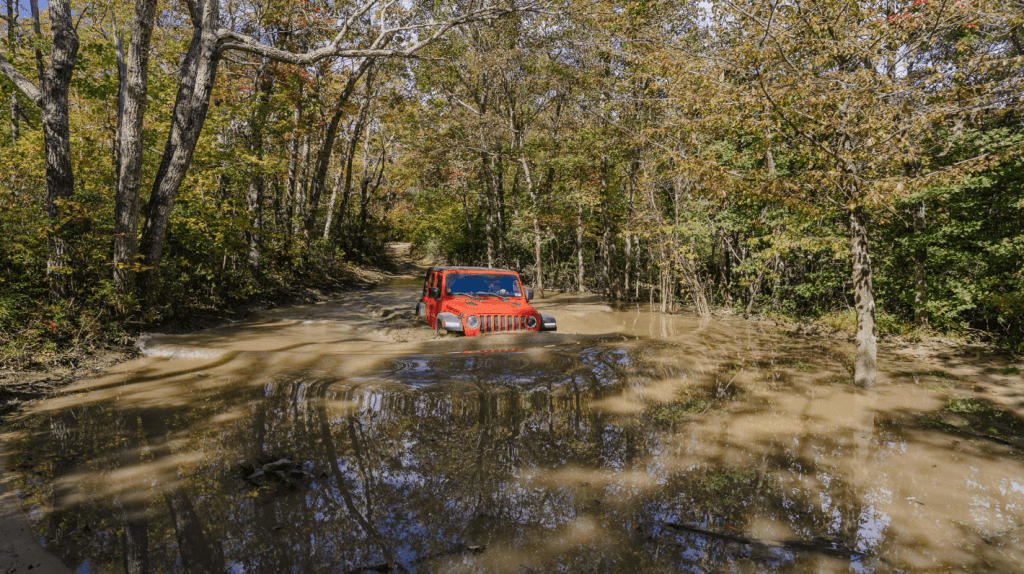
Scenic & Cultural Contrast
Where Colorado offers dramatic views and high-altitude drama, Virginia brings you into the forest. You’re not looking out over landscapes; you’re immersed within them. The dense canopy, moss-covered rocks, and bubbling creeks are enchanting. The smell of damp leaves and pine replaces dry desert dust.
Moreover, Virginia’s trails often pass by historical landmarks. It’s not uncommon to stumble upon remnants of colonial homesteads or Civil War sites while navigating forest roads. Off-roading here feels like a journey through time as well as space.
Accessibility
Getting to Colorado’s best trails often requires a long drive or flight followed by extended time in rural areas. Virginia, on the other hand, is within a day’s drive of many major East Coast cities. You can finish a week of work in D.C., drive a few hours, and be on the trail by Friday evening.
Permitting is also simpler in Virginia. Most trails require only a standard forest pass. There are fewer seasonal closures due to snow, and elevation sickness isn’t an issue.
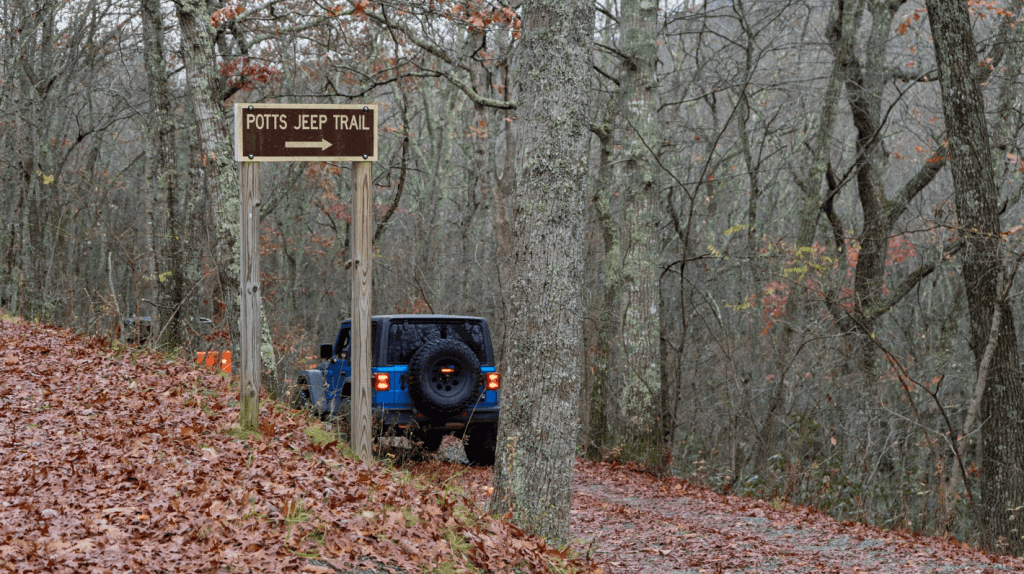
Virginia Compared with Other Regions
Beyond Colorado, how does Virginia stack up against other off-road hotspots?
Appalachians vs. the South
In Tennessee and Kentucky, areas like Windrock Park and Black Mountain offer expansive networks of trails with more technical climbs and rock crawling. However, they are often privately owned, which means entry fees, memberships, and more rules. Virginia’s trails are mostly on public lands, which adds to the freedom of the experience.
West Virginia’s Hatfield-McCoy Trails are a celebrated network, especially for ATVs and side-by-sides. They’re well-maintained but often crowded and again require permits. Virginia’s less commercialized approach appeals to those who want to escape, not perform.
East Coast vs. West Coast
California, Utah, and Arizona offer iconic desert wheeling. Moab’s slickrock and California’s Rubicon Trail are household names. But with those names come crowds, overheating radiators, and complex logistics. If you don’t live out West, it’s not just a drive—it’s an expedition.
Virginia’s charm lies in its simplicity. You can ride solo or with friends, camp under the stars, and be home in time for Monday meetings. For East Coast residents, it provides most of what they want from an off-road trip, with fewer barriers to entry.
Why Virginia Off-Roading Is Better
“Better” is subjective, but for many, Virginia hits a sweet spot that other regions miss. Here’s why:
- Accessible Adventure: With trails suitable for stock 4x4s and overlanders, Virginia doesn’t require thousands in modifications to enjoy.
- Seasonal Beauty: From spring blooms to fall foliage, every season offers something new.
- Historical Immersion: Where else can you drive through colonial logging paths or pass Civil War trenches?
- Less Intimidating: Beginners can build skills without the high stakes and risks of high-altitude, high-exposure routes.
- Community-Oriented: Virginia’s off-road clubs and nonprofit orgs foster stewardship, education, and responsible trail use.
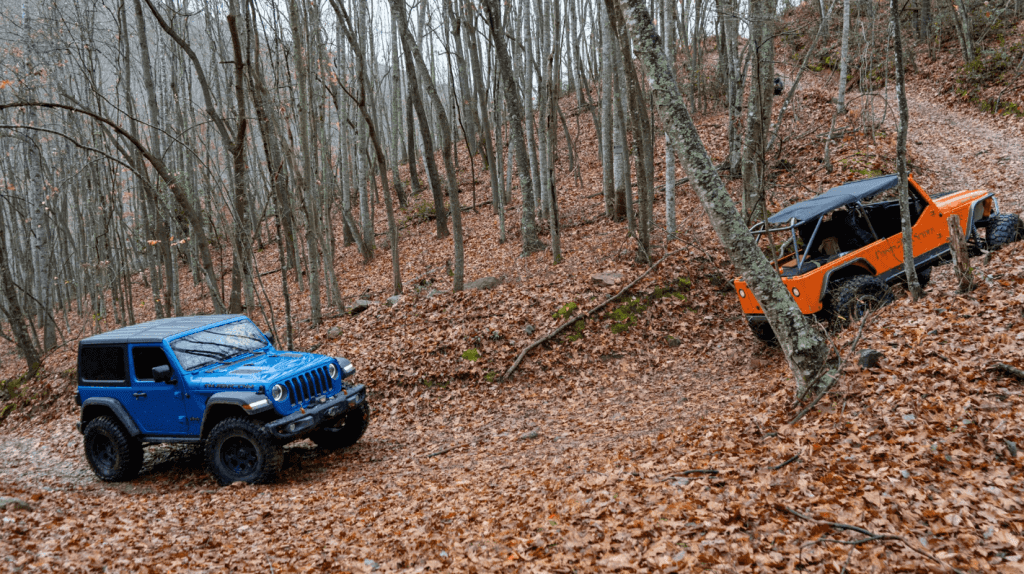
Examples & Personal Stories
On a sunny weekend in early October, a family of four took their stock Toyota 4Runner out to The Cove Campground near Gore, VA. The father had minimal off-road experience. They camped lakeside, cooked over fire, and explored miles of trails with names like “Ankle Biter” and “Graveyard.” No breakdowns, no winches, just fun. By Sunday, they were hooked.
Another wheeler described his journey from novice to confident trail leader. He started with Skidmore Fork, then graduated to Bald Mountain, and eventually tackled Potts Mountain. “I never felt rushed or in over my head,” he said. “Each trail taught me something new.”
Even experienced overlanders praise Virginia’s forest roads for their relaxed pace and deep woods solitude. “It feels like you’re discovering America for the first time,” one driver wrote on Reddit after his weekend trip through George Washington National Forest.
Limitations and Considerations
No destination is perfect. Virginia has a few shortcomings:
- Fewer Extreme Trails: If rock crawling is your passion, Virginia will feel tame.
- Trail Length: Most routes are 8–20 miles; ideal for a day trip but limited for long-distance overlanding.
- Weather Conditions: Rain can make some trails impassable. Winter closures are common in higher elevations.
- Private Land Issues: The East still struggles with limited public access compared to the West.
That said, these issues are manageable. With good planning and respect for land use rules, Virginia is a near-perfect playground.
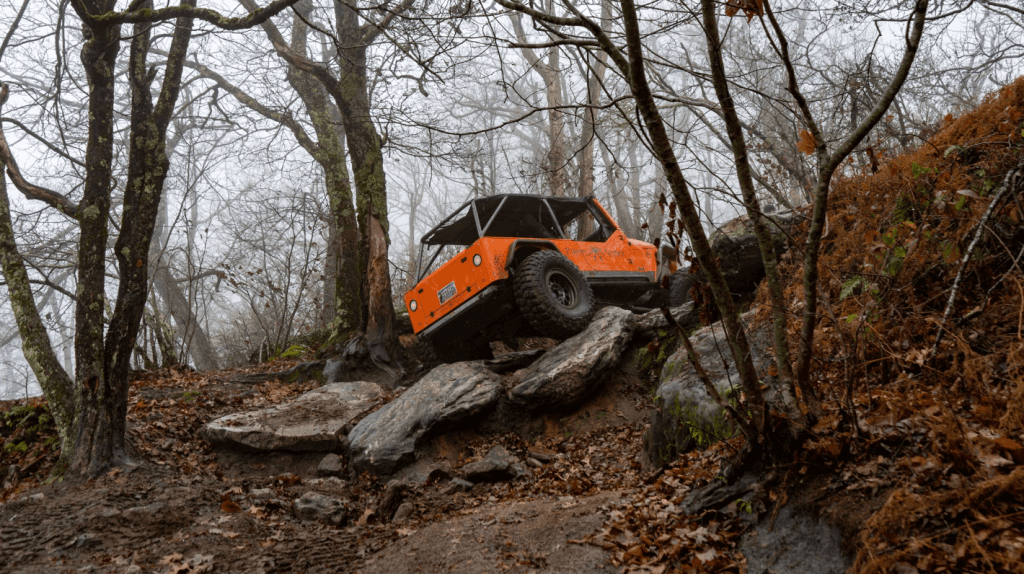
Conclusion
Off-roading in Virginia may not boast the highest peaks or hardest rocks, but it offers a more approachable and immersive experience. Trails that wind through forests, splash across creeks, and rise along ridgelines are ideal for learning, connecting, and exploring.
In a world where off-roading has become synonymous with remote expeditions and high-risk challenges, Virginia reminds us why we got into this hobby in the first place: to explore, to unwind, and to connect with nature. It’s not about the altitude. It’s about the experience.
If you’re looking for a region that offers beauty, challenge, and history—without overwhelming you or your vehicle—Virginia just might be the best off-road state you haven’t yet explored.

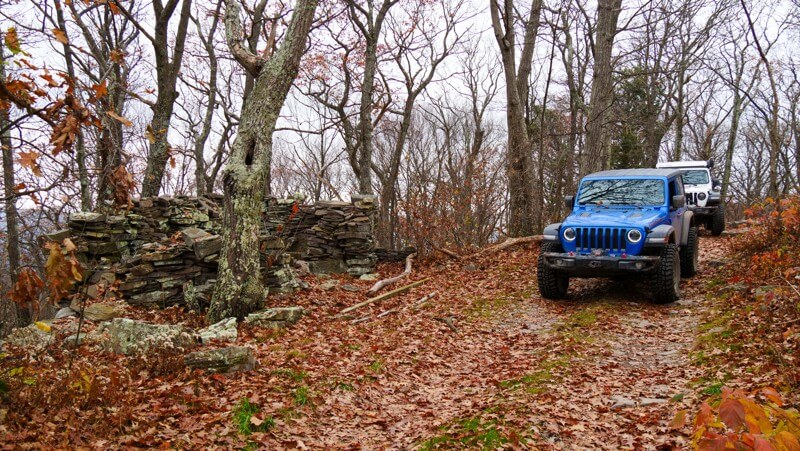
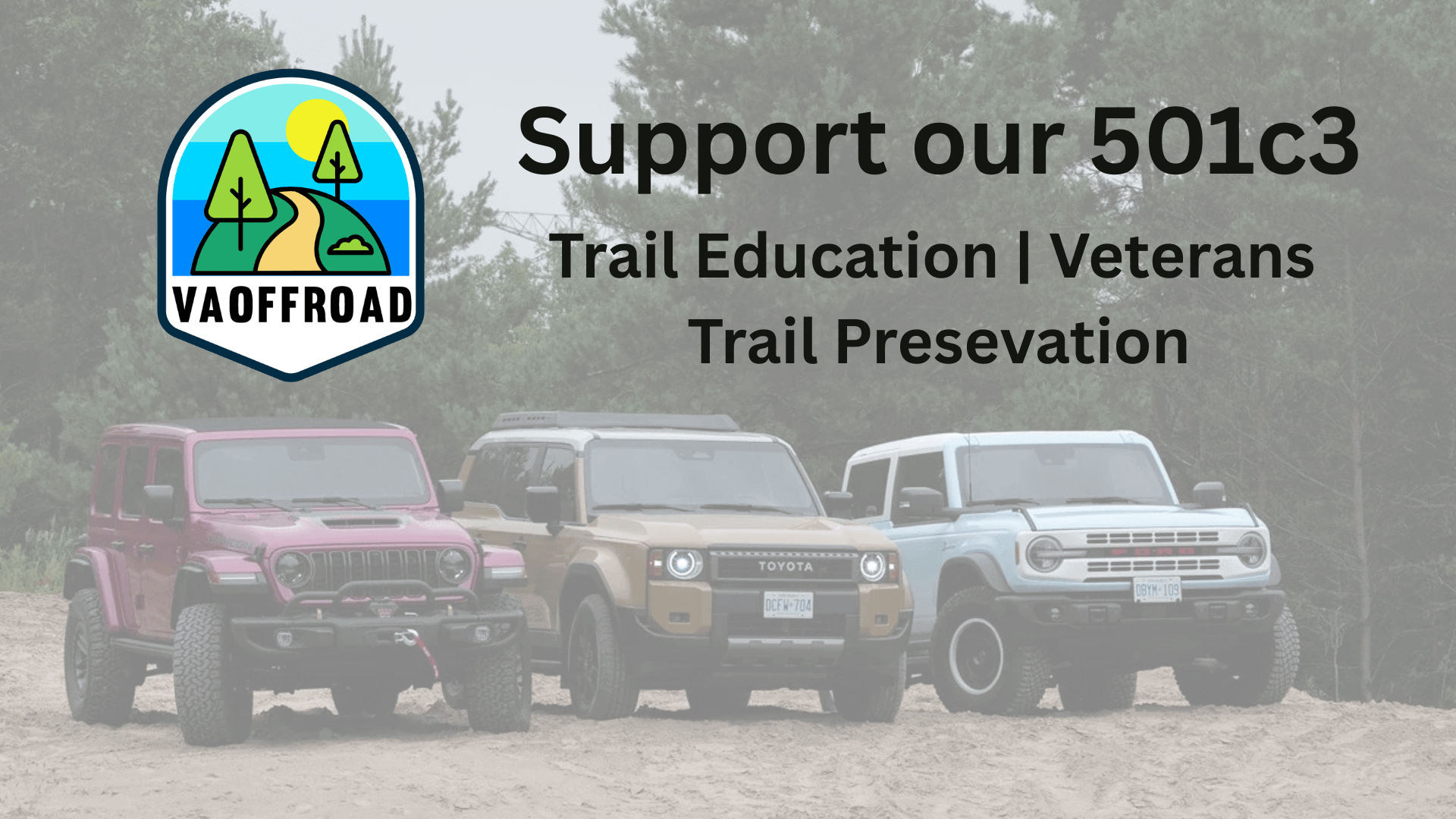

No responses yet